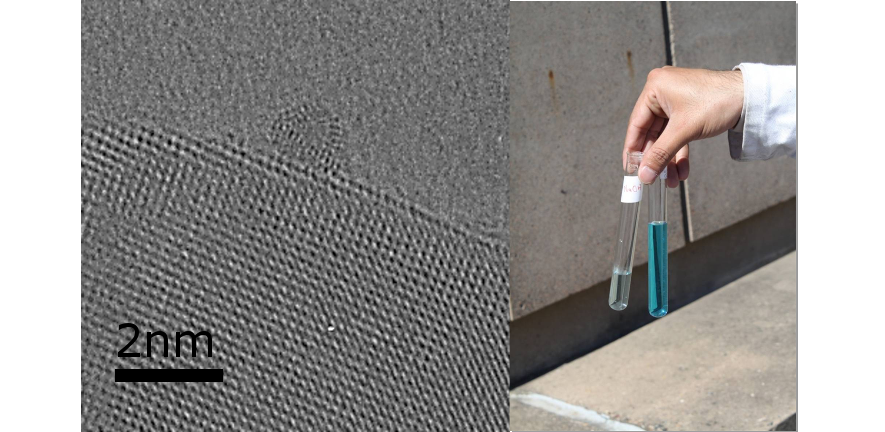
Current research in materials chemistry includes the use of photocatalytic system for degradation of air pollutants in enclosed space and in the atmosphere, remediation of oil spills, disinfection applications and harnessing chemical reactions on the surface of photocatalytic particles. In order to immobilize the photocatalytic materials on filters and membranes, the materials chemistry group is working with the Gordon Laboratory as wellas with industrial support and participation.
An example of this work is a new metal–oxide photocatalyst composite material capable of absorbing both uv-visible light with reaction rates that are up to 2-orders of magnitude faster for disinfecting water and for destroying pollutants in air. A spin-out company (CamSES Ltd) has been set up to exploit the findings. A grant has been obtained to design a prototype for use in flood-hit regions and clean-water starved regions. This project received the DOW Sustainability Innovation Runners-up prize in 2012. Mike Coto, as a PhD student (now RA) visited Tanzania to carry out trials with local community water used for drinking in 2016, further visits are planned in 2017.
The image shows a transmission electron micrograph of one of the nano-scale composite particles (left) and an example of the degradation of dye even under diffuse light in a matter of few minutes.
